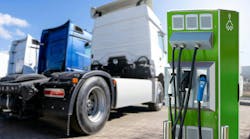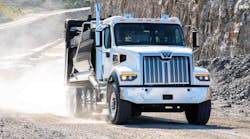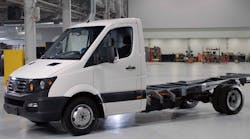General Motors and the U.S. Army Tank Automotive Research, Development & Engineering Centerare expanding their collaboration in the development of hydrogen fuel-cell technology.
Through a new Cooperative Research and Development Agreement, GM and TARDEC will jointly test new hydrogen fuel cell-related materials and designs to evaluate their performance and durability before assembling them into full scale fuel cell propulsion systems.
This collaborative effort will enable GM and TARDEC to jointly develop technology that meets both of their requirements, accomplishing more tangible results than either entity could achieve on its own. The project is expected to continue for up to five years.
“GM welcomes the opportunity to further expand our work with TARDEC developing fuel-cell technology,” said Charlie Freese, executive director of GM’s global fuel-cell engineering activities. “We believe hydrogen fuel-cell technology holds tremendous potential to one day help reduce our dependence on petroleum and we are committed to building on our leadership through the continued development.”
This is the second fuel cell-related announcement GM has made this year. In July, GM and Honda announced a long-term, definitive master agreement to co-develop a next-generation fuel cell system and hydrogen storage technologies, aiming for the 2020 time frame.
GM is currently building a new Fuel Cell Development Laboratory in Pontiac, Mich., where the majority of the company’s fuel-cell development work will take place.
TARDEC and GM’s respective fuel cell laboratories are about 20 miles apart, which greatly promotes daily collaboration, and GM and TARDEC engineers are developing extensive plans to share physical material and data between the locations.
TARDEC opened a new Fuel Cell Research Laboratory located in the recently opened Ground System Power and Energy Laboratory building in Warren, Mich. The state-of-the-art facility enables TARDEC to test and integrate the fuel cell systems it has been developing for military applications for more than a decade.
Fuel-cell technology helps address the two major challenges with automobiles today – petroleum use and carbon dioxide emissions. Fuel cell vehicles can operate on renewable hydrogen that can be made from sources like wind and biomass. The only emission from fuel cell vehicles is water vapor.








